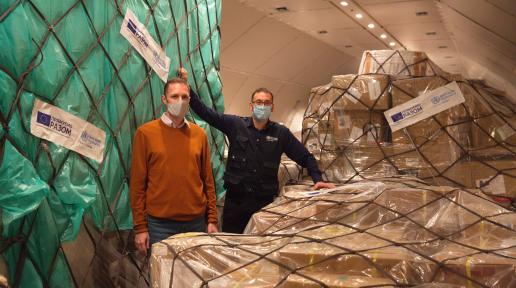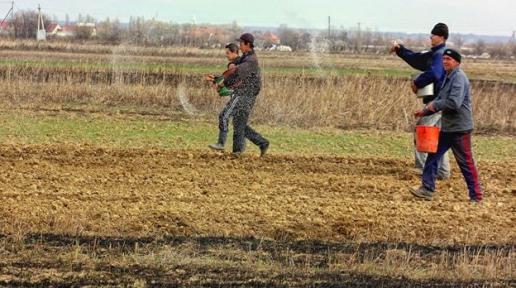Story
03 November 2025
Clearing the Way to Safety: How Mine Action Saves Lives Today and Builds a Better Tomorrow
Yet, with the ongoing large-scale invasion of the Russian Federation into Ukraine, the Convention must now prove its resilience under the strain and focus on ensuring safety for civilians living under the constant threats of explosive remnants of war, such as mines, parts of drones and missiles. Protecting civilians at the heart of mine action Mines continue to threaten lives in dozens of countries, restrict freedom of movement, and limit access to land, education, and healthcare. For this reason, clearing contaminated areas and supporting survivors remain key priorities in mine action worldwide, particularly in Ukraine. Since entering into force in 1999, the Convention has delivered tangible results: more than 53 million landmines have been destroyed, millions of hectares of land have been cleared and made safe for people to live and work, and landmine survivors have become active participants in recovery and decision-making processes that affect their lives. Behind these figures are real human stories. Paul Heslop, Senior Mine Action Advisor at the UN Resident Coordinator’s Office in Ukraine, notes that each mine cleared allows another family to return to safety. Mine action – a path to peace, recovery and partnership Clearing mines is only the first step. Mine action creates the foundations for peace, development, and a life of dignity. In Ukraine, demining farmland enables farmers to restore their harvests and contribute to global food security. Mine action contributes directly to achieving the Sustainable Development Goals, including eradicating poverty, hunger, and inequality, while strengthening peace, justice, and strong institutions. Without it, other recovery efforts remain impossible. Paul Heslop recalls seeing the partnerships in action - humanitarian organizations, national authorities, and United Nations partners are clearing contaminated land, educating communities on risk and building national mine action systems. In the Kharkiv Oblast, mine action teams are racing to make farmland safe in a compensation programme funded by the government. The United Nations in Ukraine continues to work with national and international partners to support mine action that protects civilians and lays the foundation for peace and sustainable recovery. New technologies are also transforming the field. Drones, artificial intelligence, digital mapping, and advanced mechanical systems are accelerating survey and clearance, while enhancing both effectiveness and safety for deminers. But beyond technology, it’s about people: training local experts, including women and veterans, improving facilities so teams can work year-round, and raising awareness in communities to prevent new tragedies. Last, not least, supporting survivors on their journey to recovery has become an integral part of the mine action in Ukraine, including their voices on how to address the consequences of mines are heard. As the Ukrainian experience clearly shows, the way forward lies in sustained partnership and practical mine action, combining concrete actions with a tangible commitment to protect civilians who are still living under threat. For them, demining is a hope for returning home and restoring livelihoods. And it could be the only hope. The article is based on the blog by Paul Heslop and Sonia Pabley, originally published in the UN Chronicle.













